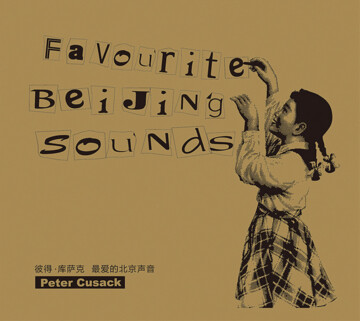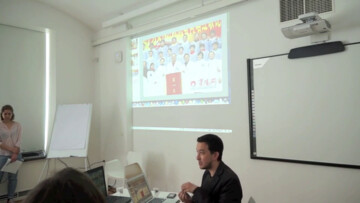History is usually conveyed by text, physical artefacts, photographs, or films. When sound is used as a vehicle of communication it is the recorded sound of an oral tradition in which history is passed down over time through personal or communal narratives. What binds this diverse practice of historicity is that each medium is the carrier of historical information to be learned and analysed by → the subject.
Environmental sound is rarely considered as a historical medium in itself. Sounds themselves are ethereal and fleeting, they are part of the “backdrop” on which more concrete historical information seems to be superimposed, and are rarely registered as information in their own right. However, sounds and smells have a more direct relationship with our emotional centres of memory compared with sight. In everyday life, a certain smell can conjure up a whole scenario that took place years or even decades in the past, as a kind of vivid memory or even re-experience. Sounds have a similar function in people, connecting us with involuntary or emotional memories – in other words, experience.
John Cage’s revolutionary work 4´ 33˝ made us aware of environmental sound as part of our embodied consciousness, and sound art has been shaping the experience of our sound environment ever since. While we understand our experience of music or art comes from a historical background of formal creation, what is our understanding of environmental sound based on? It comes from the audio backdrop of our everyday existence, an amorphous history that is hard to categorise but rich in hidden detail precisely because this sound as such is embodied: so my term is “temporally embodied sound”.
Environmental sounds, both natural and manmade, change over time. What sounds are heard at any given time, in any given place, are different, forming an integral part of our experience of time and place. Environmental sounds are altered by historical contingencies, and become part of history’s fabric, but are not documented by official histories. They are only carried in the embodied memories of those who heard them at the time. These memories of sounds are, in turn, very often suppressed in order to prioritise more specific information.

Peter Cusack, Favourite Beijing Sounds, digital album, Sub Jam, Beijing, China, 2007.
In a project called Favourite Beijing Sounds, the musician Peter Cusack asked Beijingers a very simple question, as suggested by the project’s title. Many responses included sounds ubiquitous in traditional Beijing, prevalent just a few years past, but rarely heard today; and this resulted in a debate on the disappearance of certain ways of life in the city. While it is obvious to most that Beijing’s traditional way of life has gone, very rarely have people understood this as a fundamental change in our experience of reality. This led me to develop The Beijing Sound History Project, for which a system has been developed to → reconstruct Beijing’s history from the 1930s to the present day using only sound. For this to be possible, a long-term and painstaking process is now underway to recreate an almost infinite array of sounds that have either disappeared or are in a state of constant flux. Street hawkers’ chanting, whistling pigeons, evolving transport technology, changing street language, revolutionary music, mass mobilisation, bands of Red Guards, radio → propaganda, pop songs, the tanks and ambulances of Tiananmen Square on 4 June 1989 – all these sounds and many more are being recreated with the guidance of historians, residents, folk artists, collectors, museums, technicians, and theatre companies. Each sound has the potential to trigger further memories that will require an approximated recreation. The resulting → archive of sounds will constitute an alternative history with unknown consequences and potential. However, for any of this to be possible requires the slow but persistent unlocking of many Beijing residents’ embodied memories of sound, ultimately to explore a different route towards historicity.



